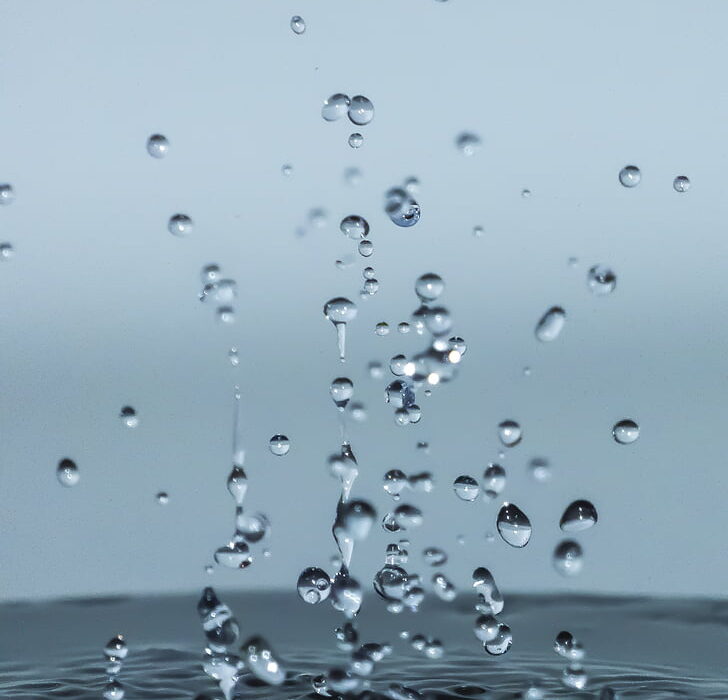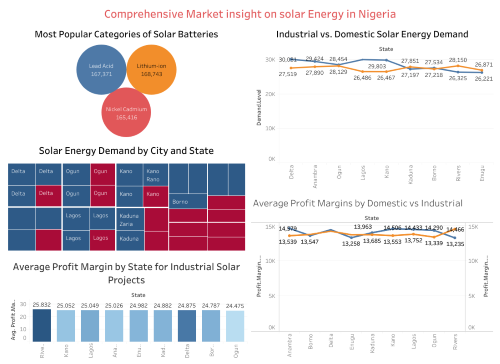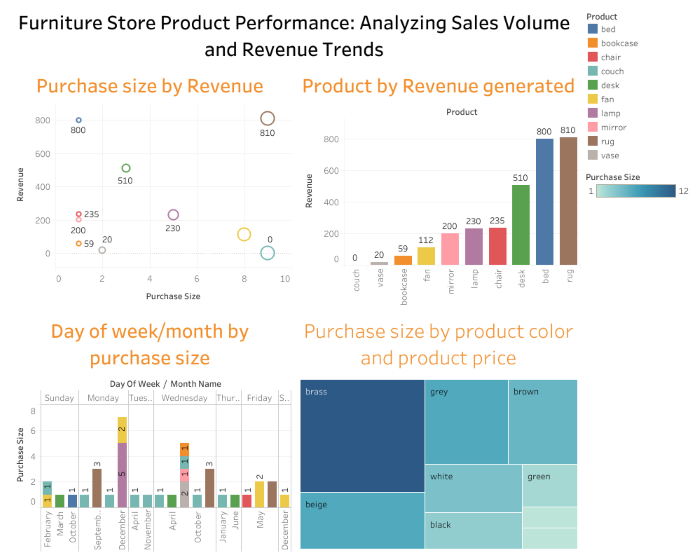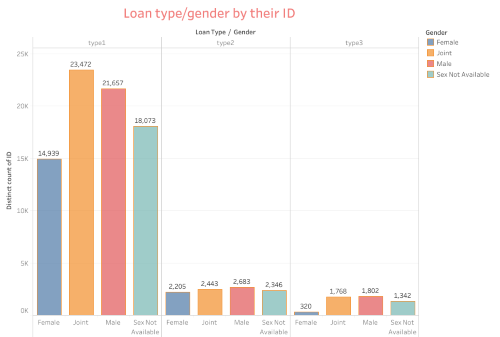From Sky to Glass: Is Rainwater Safe to Drink?

Rainwater, with its pristine descent from the heavens, has long captivated our imagination as a pure, untainted source of hydration but the question is: Is Rainwater Safe to Drink? Bacteria, parasites, viruses, and chemicals that may make one sick can be found in rainwater which may lead to disease outbreaks.
Imagine savoring a glass of water that fell from the sky just moments ago, untouched by human hands or industrial processes. The allure of rainwater as a natural, eco-friendly alternative to tap water is undeniable.
However, the path from sky to glass is not without its challenges. Rainwater, as it travels through the atmosphere and collects on various surfaces, can pick up contaminants that may affect its safety for consumption.
In this article, we will explore the science behind rainwater collection, the potential risks associated with drinking rainwater, and the measures you can take to ensure that the rainwater you drink is safe and pure.
Rainwater is often romanticized as a pristine source of hydration straight from nature’s reservoir. However, the reality is more complex, raising important questions about its safety for consumption. Let’s delve into the world of rainwater, exploring its collection, quality, risks, and benefits to understand if it’s truly safe to drink.
The Allure of Rainwater as a Natural Drinking Source
Rainwater has a pure, untouched quality, free from the chemicals and additives often found in tap water. Its collection from the sky adds a mystical element, appealing to those seeking a closer connection to nature.
Safety Concerns Associated with Rainwater Consumption
Despite its natural origins, rainwater can become contaminated as it makes its way from the sky to our collection systems. Various factors, such as pollution and the materials used in collection systems, can impact its purity.
Methods of Collecting Rainwater
Rainwater can be collected through various methods, including rooftop harvesting and surface water collection. While these methods are effective, they can also introduce contaminants into the water.
Potential Contaminants in Harvested Rainwater
Rainwater can pick up contaminants from the atmosphere, including dust, pollen, and pollutants from industrial activities. Additionally, bird droppings and animal waste can introduce harmful bacteria and parasites.
Factors Influencing Rainwater Quality
The quality of rainwater can be influenced by several factors, including the cleanliness of the collection surface, the presence of nearby pollutants, and the storage conditions of the collected water.
Regulations Governing Rainwater Harvesting and Use
In many regions, there are regulations governing the collection, storage, and use of rainwater for drinking purposes. These regulations are in place to ensure the safety and quality of the water.
Standards for Rainwater Treatment and Testing
There are standards for the treatment and testing of rainwater to ensure that it meets safety and quality guidelines. These standards may vary depending on the region and the intended use of the water.
Compliance with Local and National Guidelines
It is important for individuals and organizations collecting rainwater to comply with local and national guidelines to ensure that the water is safe for consumption. This may involve regular testing and treatment of the water.
Common Contaminants Found in Rainwater
Rainwater can contain a variety of contaminants, including bacteria, viruses, parasites, heavy metals, and chemicals. These contaminants can pose a health risk if the water is not properly treated.
Testing Methods for Evaluating Rainwater Purity
There are several methods for testing the purity of rainwater, including chemical analysis, microbial testing, and physical examination. These tests can help determine if the water is safe for drinking.
Interpretation of Test Results and Health Implications
Interpreting test results for rainwater can be complex, as the presence of contaminants does not always indicate a health risk.
Understanding the health implications of different contaminants is important for making informed decisions about rainwater consumption.
Environmental Sustainability of Rainwater Harvesting
One of the key benefits of rainwater harvesting is its environmental sustainability. By collecting rainwater, individuals can reduce their reliance on traditional water sources, such as groundwater and surface water.
Cost-Effectiveness Compared to Traditional Water Sources
In addition to its environmental benefits, rainwater harvesting can also be cost-effective. Once the initial infrastructure is in place, the cost of collecting and storing rainwater is relatively low compared to purchasing water from a utility.
Potential Health Benefits of Consuming Untreated Rainwater
Some proponents of rainwater harvesting argue that consuming untreated rainwater can have health benefits, such as improved hydration and mineral intake.
However, these claims are not supported by scientific evidence.
Microbial Contamination from Bird Droppings and Animal Waste
One of the primary risks associated with rainwater consumption is microbial contamination from bird droppings and animal waste.
These contaminants can introduce harmful bacteria, viruses, and parasites into the water.
Chemical Pollutants from Air Pollution and Roofing Materials
Rainwater can also become contaminated with chemical pollutants from air pollution and roofing materials.
These pollutants can include heavy metals, pesticides, and organic chemicals, which can pose health risks if consumed.
Heavy Metal Leaching from Atmospheric Deposition and Plumbing Systems
Heavy metals, such as lead and copper, can leach into rainwater from atmospheric deposition and plumbing systems.
These metals can accumulate in the body over time and have been linked to a range of health issues.
Gastrointestinal Illnesses Caused by Bacteria, Viruses, and Parasites
Consuming contaminated rainwater can lead to gastrointestinal illnesses, such as diarrhea, vomiting, and stomach cramps.
These illnesses are caused by bacteria, viruses, and parasites that can be present in the water.
Long-Term Health Risks Associated with Exposure to Toxic Substances
Exposure to toxic substances in contaminated rainwater can also pose long-term health risks. These risks may include organ damage, developmental issues, and an increased risk of certain cancers.
Vulnerable Populations at Increased Risk of Rainwater-Related Illnesses
Certain populations may be at increased risk of rainwater-related illnesses, including young children, the elderly, pregnant women, and individuals with compromised immune systems.
These groups are more susceptible to the effects of microbial and chemical contaminants.
Filtration Systems for Removing Sediment and Debris
One of the most effective ways to mitigate the risks associated with rainwater consumption is to use filtration systems to remove sediment and debris from the water.
These systems can help improve the taste and clarity of the water.
UV Sterilization and Chlorination for Disinfection
UV sterilization and chlorination are commonly used methods for disinfecting rainwater and killing harmful bacteria, viruses, and parasites.
These methods can help ensure that the water is safe for drinking.
Reverse Osmosis and Distillation for Removing Chemical Contaminants
Reverse osmosis and distillation are effective methods for removing chemical contaminants from rainwater, including heavy metals, pesticides, and organic chemicals.
These methods can produce high-quality drinking water but may be more expensive and energy-intensive.
Proper Maintenance of Rainwater Collection Systems
Proper maintenance of rainwater collection systems is essential for ensuring the safety and quality of the water.
This may involve regular cleaning of gutters and downspouts, inspecting storage tanks for leaks, and monitoring water quality.
Regular Monitoring of Water Quality and Quantity
Regular monitoring of water quality and quantity is important for identifying any potential issues with rainwater collection systems.
This may involve testing the water for contaminants, checking water levels in storage tanks, and inspecting for signs of damage or wear.
Education and Training for Safe Rainwater Management Practices
Education and training are key components of safe rainwater management practices. Individuals and organizations involved in rainwater harvesting should be educated about the potential risks and how to mitigate them, as well as trained in proper maintenance and monitoring techniques.
Irrigation and Landscaping
In addition to drinking, rainwater can be used for irrigation and landscaping purposes. Using rainwater for these purposes can help conserve traditional water sources and reduce water bills.
Household Chores and Cleaning
Rainwater can also be used for household chores and cleaning, such as washing clothes, dishes, and floors. Using rainwater for these purposes can help reduce water usage and lower utility bills.
Non-Potable Applications in Commercial and Industrial Settings
In commercial and industrial settings, rainwater can be used for non-potable applications, such as cooling systems, toilet flushing, and fire suppression.
Using rainwater for these purposes can help reduce demand for traditional water sources and lower operating costs.
Promoting Awareness of Rainwater Safety Issues
Promoting awareness of rainwater safety issues is important for ensuring that individuals and organizations understand the potential risks associated with rainwater consumption and how to mitigate them.
Collaborating with Policymakers and Public Health Officials
Collaborating with policymakers and public health officials is essential for developing regulations and guidelines that protect public health while promoting the sustainable use of rainwater.
Sharing Resources and Best Practices for Rainwater Management
Sharing resources and best practices for rainwater management can help individuals and organizations make informed decisions about rainwater harvesting and use.
This may involve providing access to educational materials, training programs, and technical assistance.
Examples of Successful Rainwater Harvesting Projects
Examples of successful rainwater harvesting projects can serve as inspiration for individuals and organizations interested in implementing their own systems.
These projects demonstrate the feasibility and benefits of rainwater harvesting in a variety of settings.
Applications of Rainwater Treatment Technologies
Real-world applications of rainwater treatment technologies showcase the effectiveness of different methods for improving the safety and quality of rainwater.
These applications highlight the importance of proper treatment and testing in ensuring that rainwater is safe for consumption.
Promoting Safe and Sustainable Rainwater Use
Community initiatives promoting safe and sustainable rainwater use play a vital role in raising awareness and encouraging action.
These initiatives bring together individuals, organizations, and policymakers to address rainwater safety issues and promote responsible water management practices.
Advancements in Rainwater Treatment Technologies
Advancements in rainwater treatment technologies are continually improving the safety and quality of rainwater for consumption.
These advancements may include new filtration methods, disinfection techniques, and monitoring technologies.
Integration of Smart Sensors and Data Analytics for Monitoring
The integration of smart sensors and data analytics is revolutionizing the way rainwater collection systems are monitored and managed.
These technologies provide real-time data on water quality and quantity, allowing for proactive maintenance and troubleshooting.
Addressing Emerging Contaminants and Climate Change Impacts
As climate change continues to impact weather patterns and environmental conditions, new challenges may arise for rainwater harvesting and use.
Addressing emerging contaminants and understanding the potential impacts of climate change is essential for ensuring the long-term sustainability of rainwater resources.
Recap of Key Points Regarding Rainwater Safety and Quality
In conclusion, rainwater can be a valuable source of drinking water, but it is not without its risks.
Proper collection, treatment, and testing are essential for ensuring that rainwater is safe for consumption.
By understanding the potential risks and adopting best practices for rainwater management, individuals and communities can harness the benefits of this natural resource while protecting public health and the environment.
Empowerment Through Knowledge and Informed Decision-Making
Empowering individuals with knowledge about rainwater safety and quality is crucial for making informed decisions about its use.
By understanding the potential risks and benefits, individuals can take proactive steps to protect their health and the environment.
Rainwater Harvesting Practices and Advocacy
Encouraging responsible rainwater harvesting practices and advocacy is essential for promoting the safe and sustainable use of this valuable resource.
By advocating for regulations, guidelines, and best practices, individuals and organizations can help ensure that rainwater is used responsibly and effectively.
Conclusion
In conclusion, the question of whether rainwater is safe to drink is multifaceted, with considerations spanning collection methods, treatment processes, and regulatory standards.
While rainwater harvesting offers potential benefits such as environmental sustainability and cost-effectiveness, it also presents risks associated with microbial and chemical contaminants.
However, with proper collection, treatment, and monitoring, rainwater can be a safe and viable source of drinking water.
By educating communities, advocating for best practices, and investing in innovative technologies, we can harness the potential of rainwater while safeguarding public health and the environment for generations to come.









